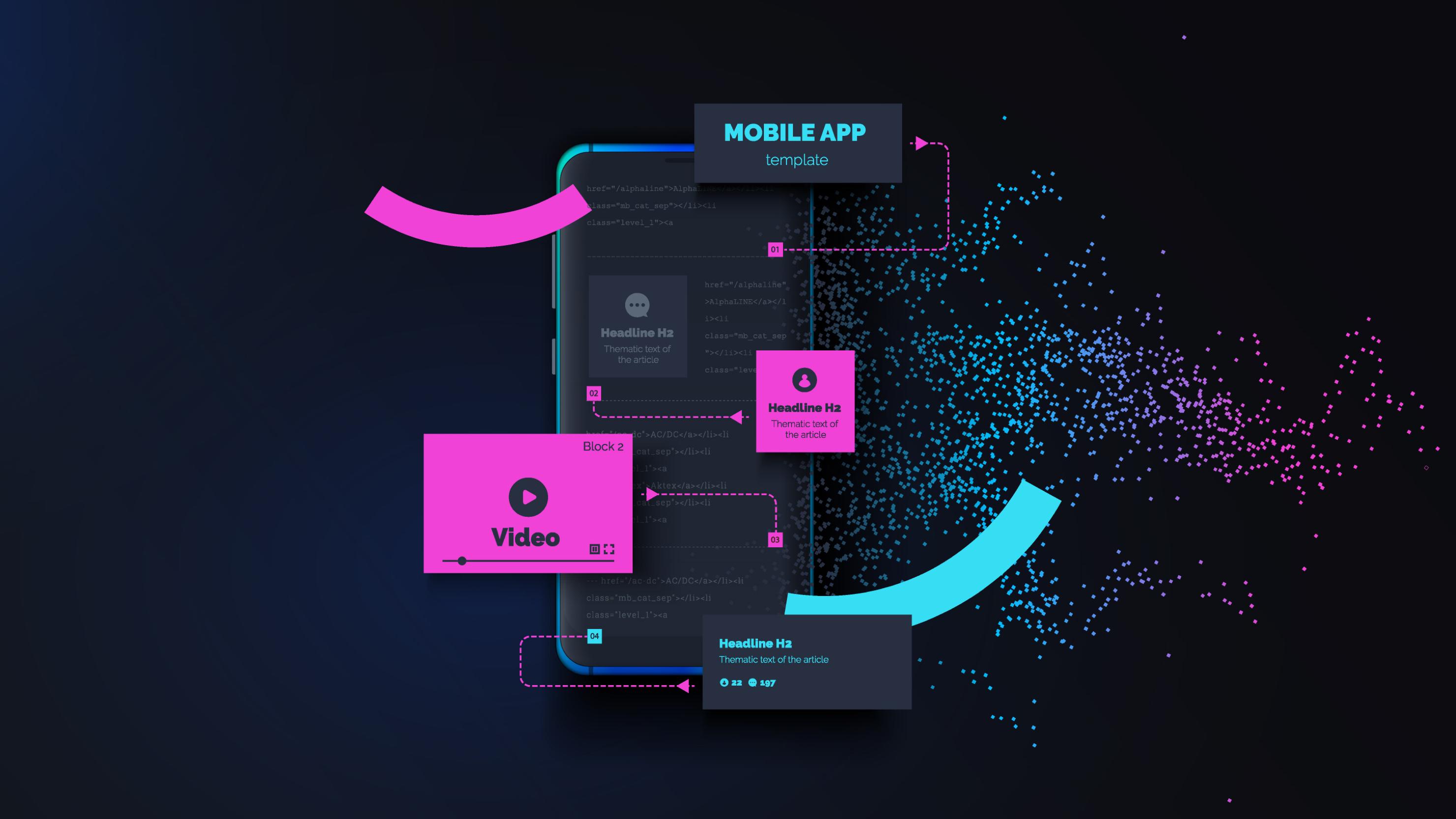August 26 2024
The Importance of UX in Your Creative Strategy
In today’s digital landscape, where user experience (UX) is a crucial component of Brand Experience, it’s crucial for businesses to integrate UX into their creative strategy. At Mediaworks, we recognise that exceptional UX is not just an addition to your strategy but a pillar of your digital brand. So, why should UX be embedded into your creative strategy?
Enhanced User Satisfaction
The primary goal of UX design is to enhance user satisfaction by improving the usability, accessibility, and delight provided in the interaction between the user and the brand. A well-designed experience means intuitive navigation, seamless functionality, and engaging content, which collectively lead to a positive experience. Satisfied users are more likely to return, recommend your products and brand, and become repeat customers.
Happy and engaged users are more inclined to engage deeply, leading to higher levels of customer retention. Positive experiences can turn users into advocates, who actively promote you through reviews, word-of-mouth, and social media. In a competitive market, the emotional bond formed through positive user experience can be a significant differentiator, creating long-term customer relationships.
Boost Conversion Rates
A user-centric design can significantly impact conversion rates. By understanding user behaviour and preferences, businesses can design interfaces that guide users effortlessly toward desired actions, such as making a purchase or signing up for a subscription. Clear calls-to-action, streamlined processes, and personalised experiences, all part of a creative strategy, can convert visitors into customers more effectively.
Good UX minimises friction in the user journey, reducing the likelihood of abandonment. This can involve simplifying forms, ensuring quick load times, and providing clear and compelling calls to action. Personalisation based on user data can also enhance relevance and urgency, further driving conversions. Metrics such as click-through rates (CTR), average session duration, and cart abandonment rates can be directly influenced by the quality of UX in your creative strategy.
Reduce Development Costs and Time
Investing in UX early in the development process can save both time, effort and money. By identifying and addressing potential usability issues before launch, businesses can avoid costly redesigns and iterations. This proactive approach ensures a smoother development process and a more polished final product.
Integrating UX research and testing in the initial stages of development helps in uncovering user pain points and preferences early on. This approach reduces the need for major overhauls post-launch, which can be both time-consuming and expensive. A user-centred design process fosters a collaborative environment where UX designers, creative designers, developers, and stakeholders are aligned, streamlining workflows and reducing misunderstandings or misaligned goals.
Strengthen Brand Favourability
Consistent, positive user experiences build trust and strengthen brand favourability. When users find value and ease in interacting with your brand, they are more likely to develop a connection with your brand. This emotional connection is crucial for building long-term brand preference and building distinctive memories that help to improve brand salience in competitive markets.
Consistency in UX spans across all touchpoints, from websites and mobile apps to customer service and social media interactions – both online and offline. When users encounter a seamless experience regardless of the platform, it reinforces their trust in your brand’s reliability and quality. Regularly updating and improving UX based on user feedback also shows that you value their input, further driving preference.
Drive Data-Driven Decision-Making
Incorporating UX into your creative strategy allows for data-driven decision-making. User feedback, analytics, and usability testing provide valuable insights into user behaviour and preferences. This data can guide future design decisions, ensuring that your strategy evolves with user needs and trends.
Good UX practices align with SEO best practices, such as clear and concise content, logical site architecture, and optimised images and media. These elements not only improve user experience but also make it easier for search engines to crawl and index your site. Engaging and relevant content keeps users on your site longer, reducing bounce rates and increasing dwell time, both of which are positive signals to search engines that your site is valuable and trustworthy.
At Mediaworks, we understand how UX needs to be integrated with your creative strategy; it’s about creating meaningful and enjoyable interactions that drive brand growth. By prioritising UX in your creative strategy, you not only enhance user satisfaction but also boost conversion rates, reduce costs, build brand salience, and improve your overall digital marketing efforts. Embrace UX as a fundamental component of your strategy, and watch your brand thrive in the digital age.


